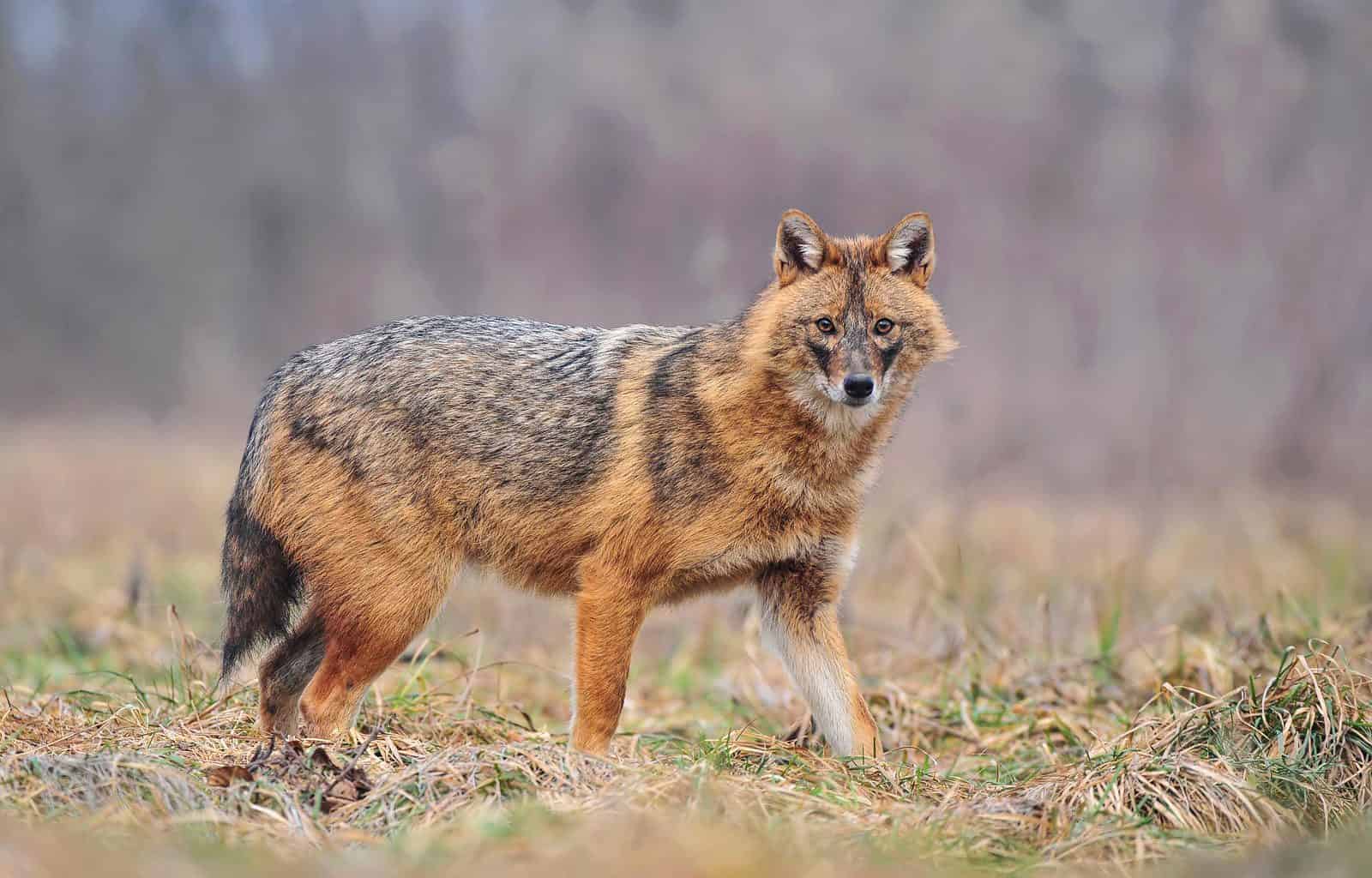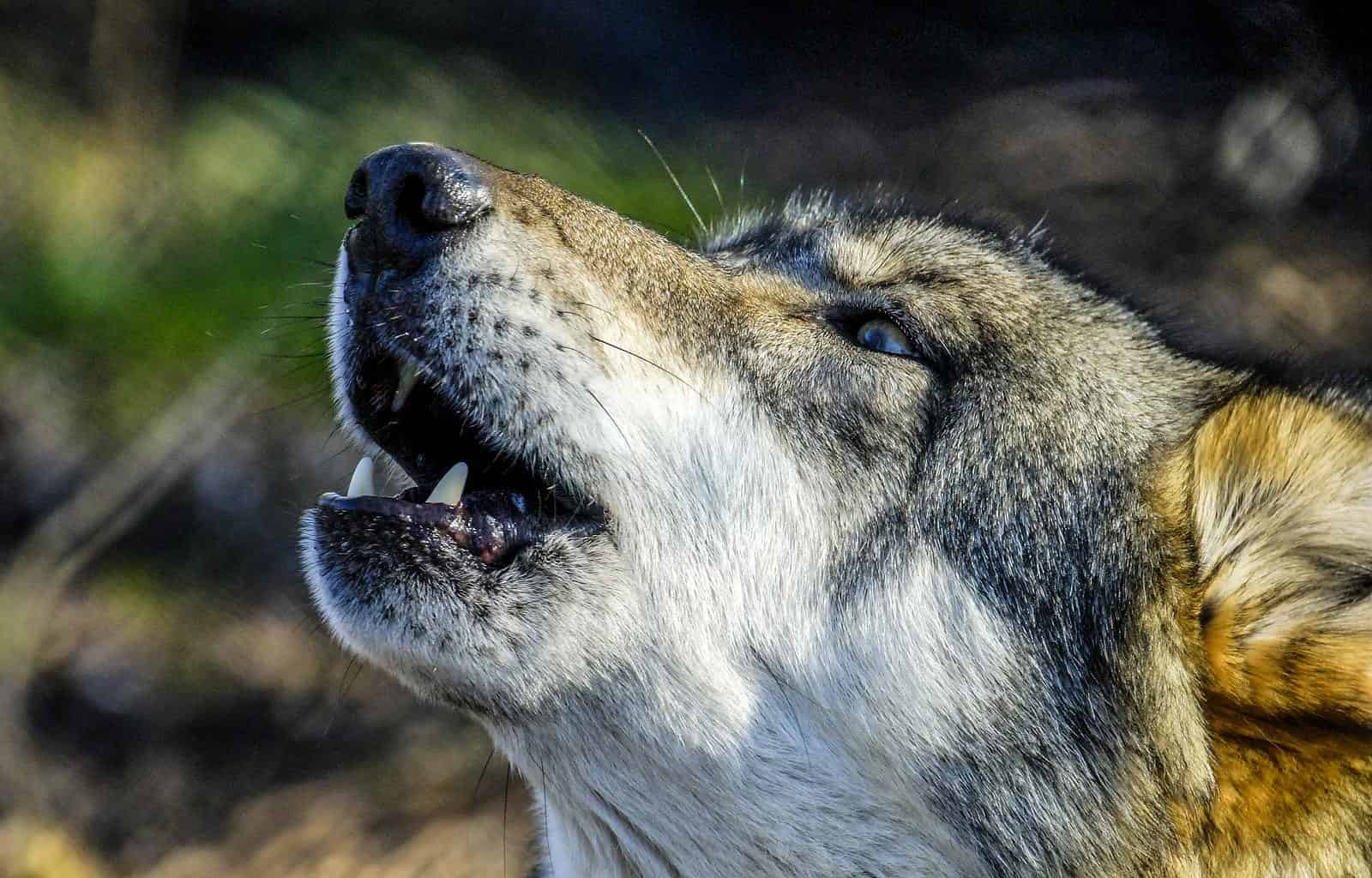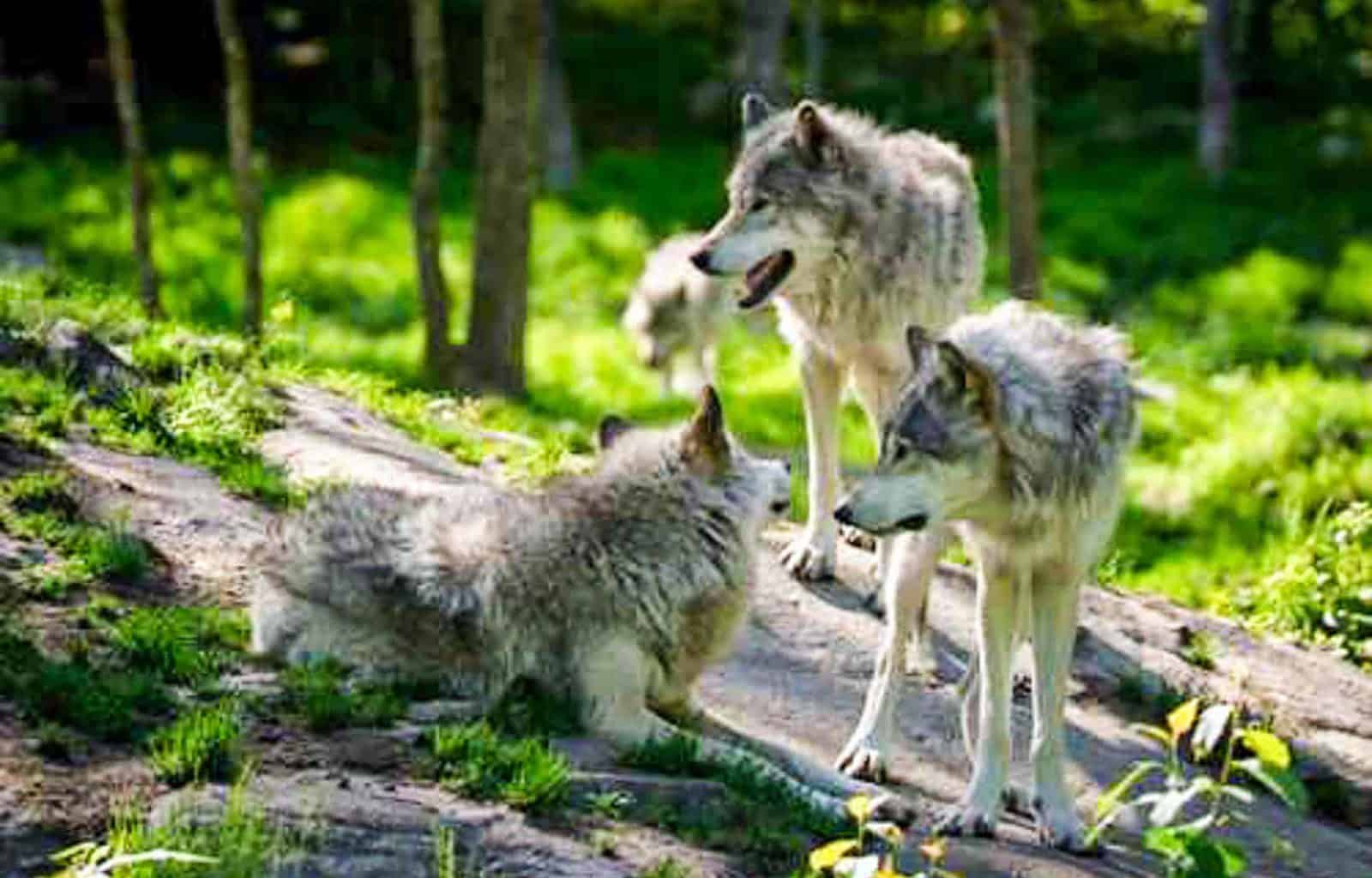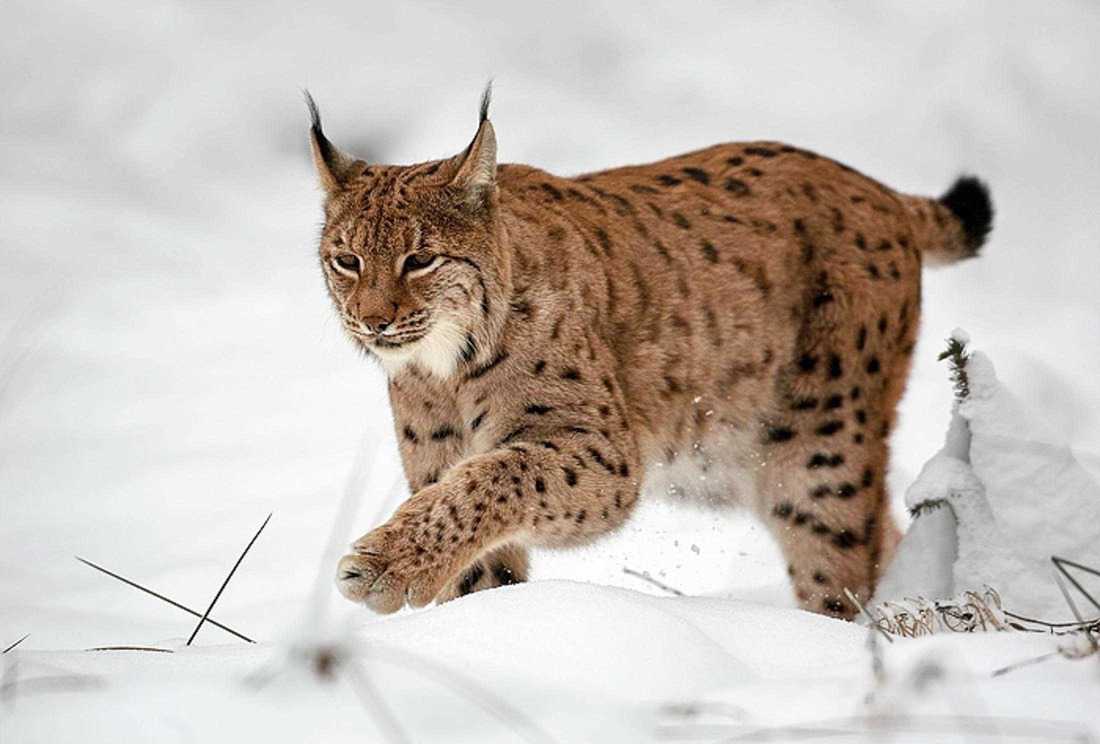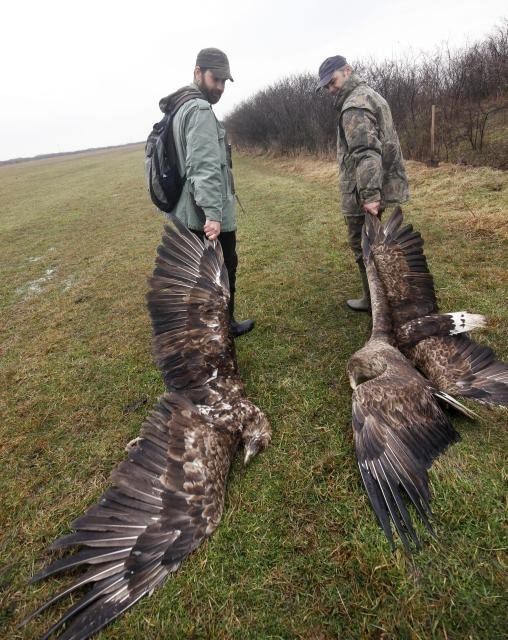Wild cats protection is an issue not only in Europe
Three species of wildcats found Europe as their homeland: Wildcat (Felis silvestris), Eurasian Lynx (Lynx lynx) and Iberian Lynx (Lynx pardinus).
The European wildcat evolved about 650,000 years ago and is in the direct ancestral line of the domestic cat (our cats). The European wildcat may be found in all parts of Europe and Asia west of the Urals and the Caspian except the Arctic.
Management of this species is a very complex subject not only in Europe. The Utah Division of Wildlife Resources Board considered a new cougar management plan , but it’s not sitting well with some big-cat advocates. An article named ‘Cougar plan causes uproar among conservationists” revealed very complex issue in how to properly manage this animal.
Please also read: US Government undermines animal protection rights
In this new plan, state officials will start taking populations of mule deer and bighorn sheep into account when they decide how many cougars hunters can harvest. It’s part of the Utah DWR’s efforts to take a holistic approach in wildlife management. But the new method flies in the face of the best wildlife science, according to the Humane Society of the U.S.
“There’s this mythology that if you hammer part of the predator population, you’ll get more prey populations, but that’s not the case,” said Wendy Keefover, the Denver-based native carnivore protection manager for the Humane Society. “The most important thing for deer populations is to have access to adequate nutrition.”
An opinion very much relevant for Europe…
Subscribe to our newsletter!


